How to Fix “Error 0x80070032” When Copying a File?
Fix: "Error 0x80070032: The request is not supported" While Copying
Copying is a simple Windows process but for some users, the copying process starts to throw the error 0x80070032. In some cases, the issue occurred in a server/client environment, where the server was using a non-Windows OS.
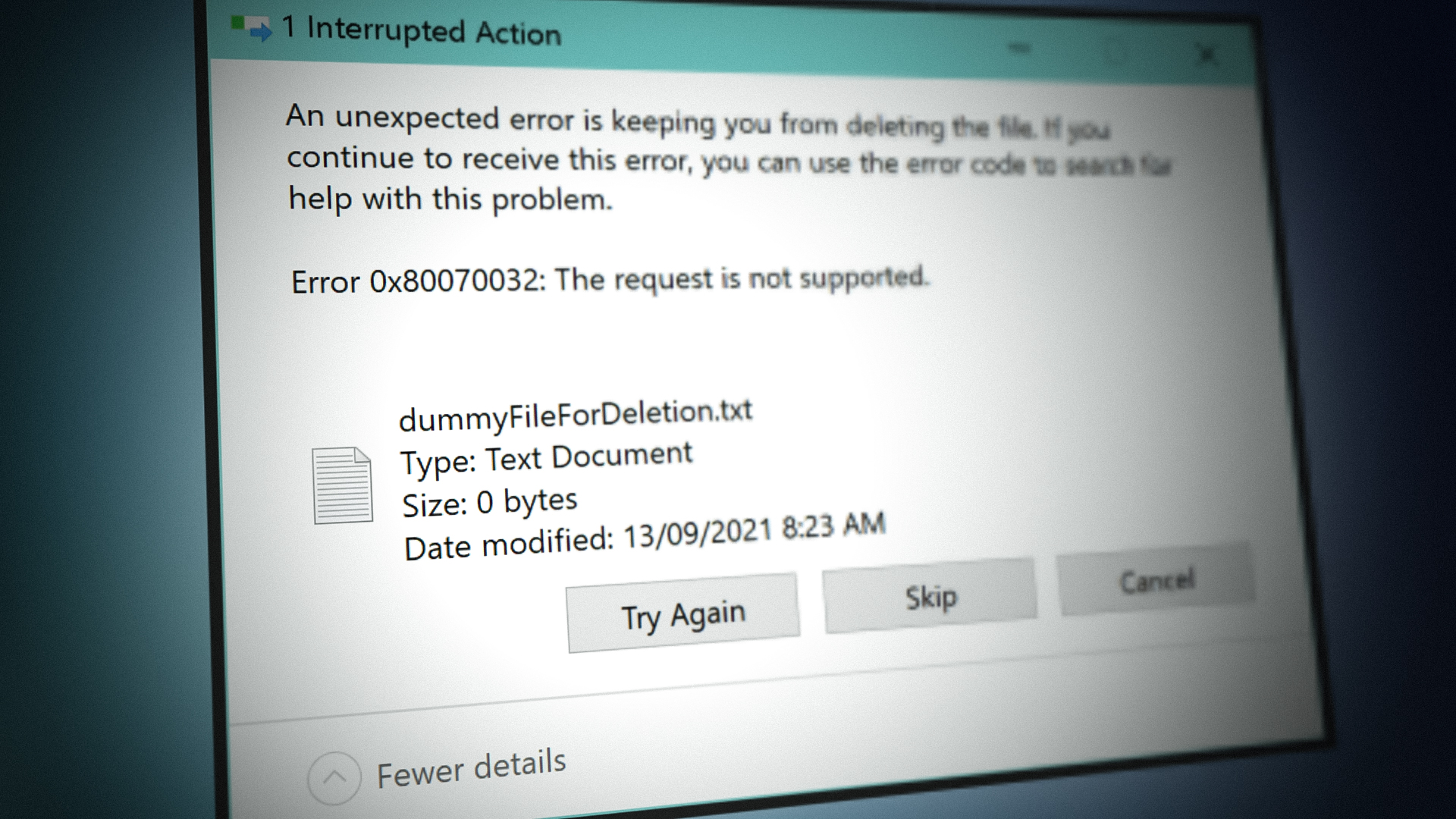
A user may encounter the error 0x80070032 while copying the file mainly due to the following:
- Outdated OS of Your System: If the OS of your system (e.g., a server) is not updated to the latest build, then it may fail to comply with other modules (like a client machine) and cause the copying error 0x80070032.
- Offline Files in the Sync Center: If the issue is occurring on a local network share (e.g., NAS), then the Offline Files in the Sync Center may be conflicting with the system’s copy-pasting mechanism.
- Improper Configuration of the System Services: If the shadow copies services are stuck in operation, then these services may cause the copying error 0x80070032 in network devices/ applications (like Nvidia Shield).
- Alternate Data Streams of the Files: If the problematic files contain NTFS alternate data streams, then these files may not be compatible with a non-Windows server (like QNAP) and fail to copy to it.
Update the OS of Your System to the Latest Build
If the OS of your system is outdated, then it may become incompatible with other OS components like storage drivers and cause the copying issue with error 0x80070032. Here, updating the OS of your system to the latest release may fix error code 0x80070032.
- Click Windows, search and open Check for Updates.

Open Check for Updates - Now, in the Update window shown, click on Check for Updates, and if updates are available, download and install the updates. Do not forget to install the Optional Updates as well. In case the copying error is occurring in a client/server environment, make sure to update both systems.
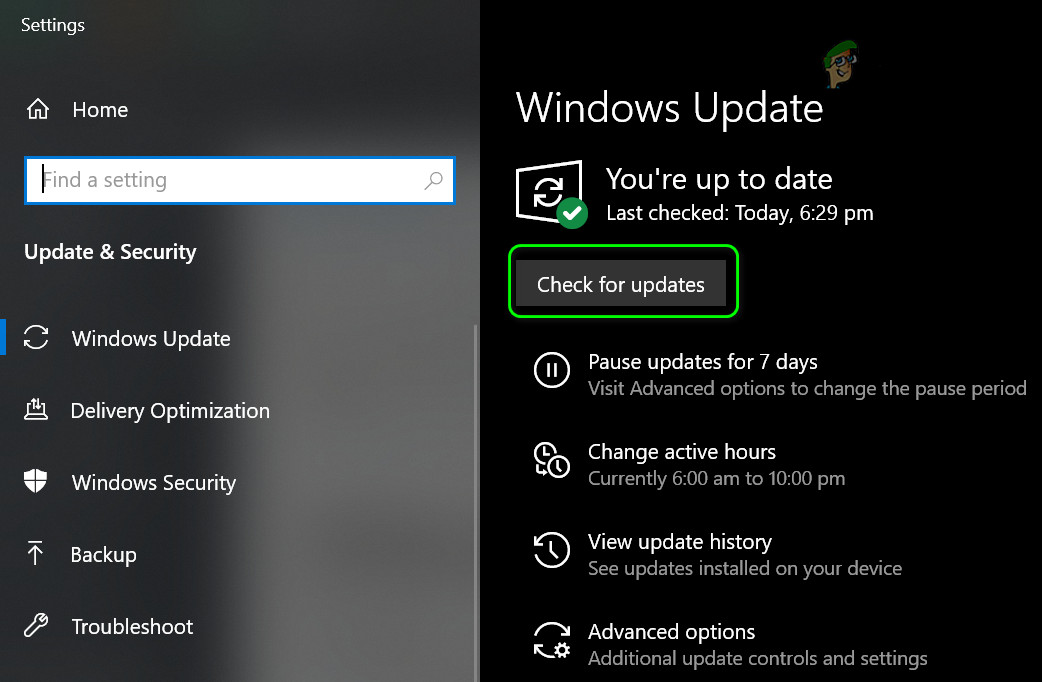
Check for Windows Updates - Once the updates are applied, restart your system and upon restart, check if the copying error 0x80070032 is cleared.
- If the issue persists and is occurring with an external drive, then make sure the drive’s firmware is updated, and afterward, check if the unexpected copying error is cleared.
Disable Offline Files in the Sync Center
If you are encountering the issue when copying to or from a local server (like NAS), then the Offline Files in the Sync Center may conflict with the network copying mechanism and thus cause the error 0x80070032. In this scenario, you can fix an unexpected error that is keeping you from copying by disabling the Offline Files in the system’s Sync Center.
- Click Windows, search and open Control Panel.
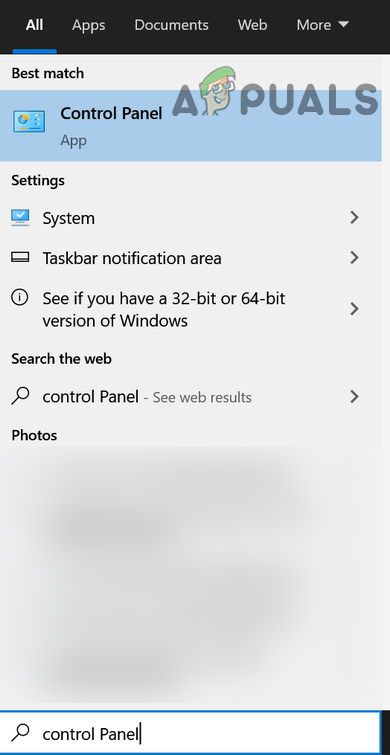
Open Control Panel - Now expand the View by and select Small Icons.
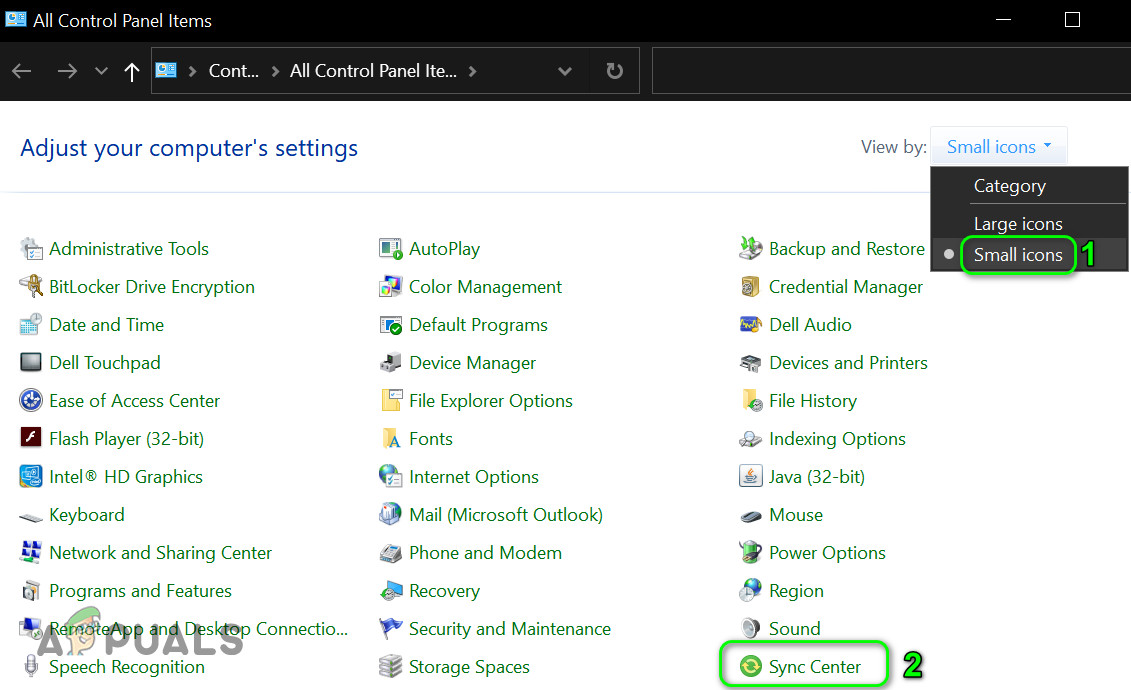
Open Sync Center in the Control Panel - Then open Sync Center and in the left pane, click on Manage Offline Files.
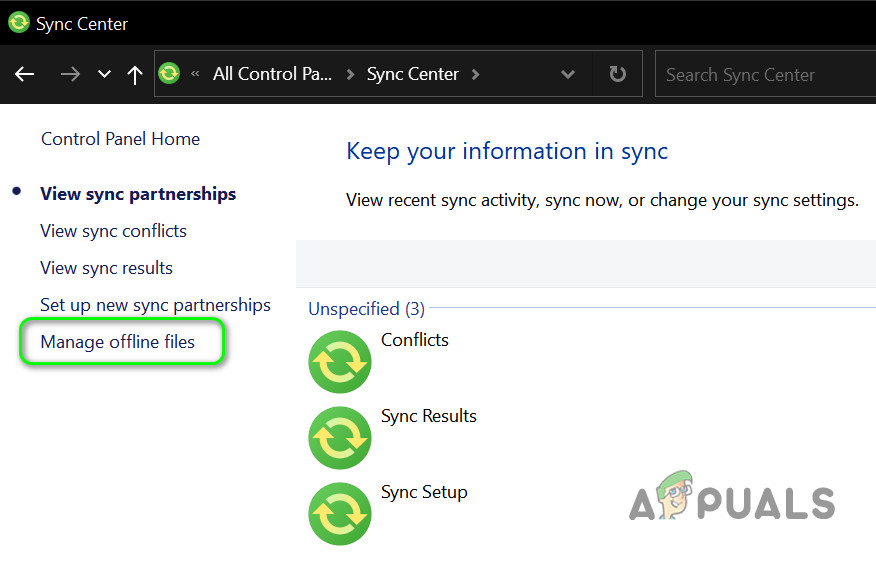
Open Manage Offline Files - Now click on Disable Offline Files and later on, confirm to disable the Offline Files.
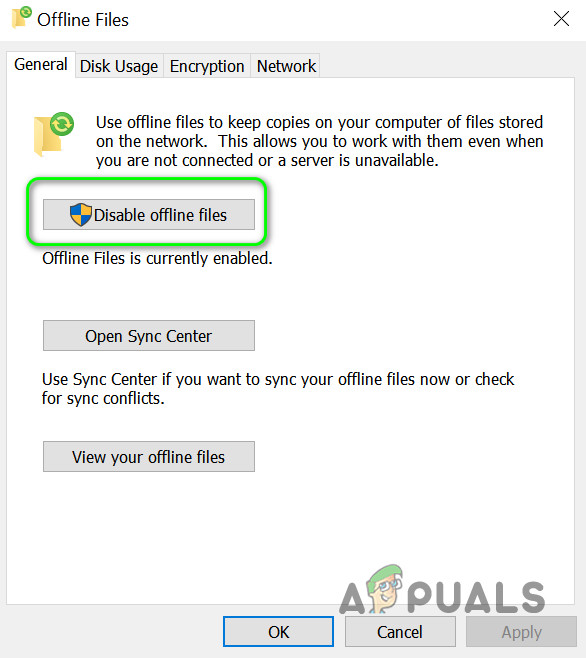
Disable Offline Files - Then restart your system and upon restart, check if you can copy the file without any issue.
Start the Copy-related Services and Set Their Start-Up Type to Automatic
If the shadow copy-related services are disabled or in an error state, then you may fail to copy the file (especially, to a service like NVIDIA Shield). In this context, starting these services and setting their startup type to automatic may solve the problem.
- Click Windows, search for Services, right-click on it, and select Run as Administrator.
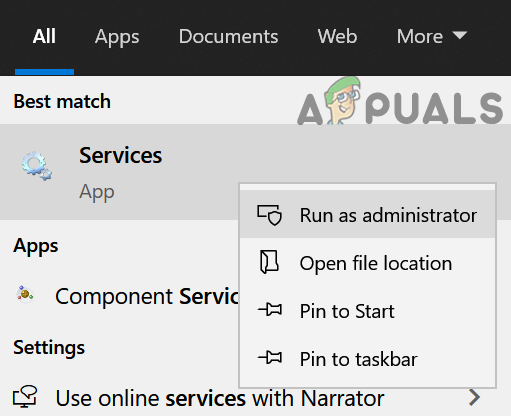
Open Services as Administrator - Now double-click Volume Shadow Copy and expand the dropdown of Startup Type.

Double-click the Volume Shadow Copy Service - Then select Automatic and click on Start.

Set the Startup Type of the Volume Shadow Copy Service to Automatic and Start the Service - Now close the Properties window and double-click on the Microsoft Software Shadow Copy Provider service.

Double-Click on the Microsoft Software Shadow Copy Provider - Now set its Startup Type to Automatic and Start the service.
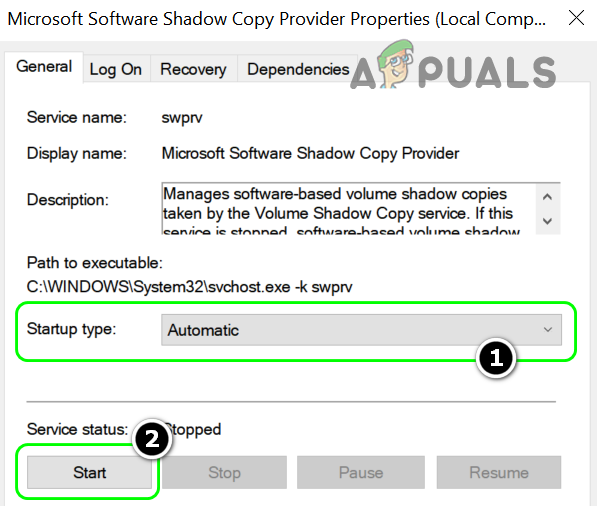
Set the Startup Type of the Microsoft Software Shadow Copy Provider to Automatic and Start the Service - Then close the Windows Services Manager and check if the file can be copied.
- If not, then reboot your PC and upon reboot, check if the unexpected copying error is cleared.
Delete Alternate Data Streams of the Files
If the file you are trying to copy does have some type of NTFS alternate data streams, then you may fail to copy these files, especially, to a non-Windows system (like a QNAP). Here, deleting the alternate data streams of the problematic files may solve the problem.
- Launch a web browser and head to the following Microsoft’s Streams page.
https://learn.microsoft.com/en-us/sysinternals/downloads/streams
- Now download the Streams utility and launch it as administrator.

Download the Streams Utility from the Microsoft Website - Then execute the following to delete the NTFS alternate data streams after navigating to the problematic directory:
streams64 -d *.*
- Once executed, check if the unexpected error in copying the file is cleared.
Similarly, if a file that is coming from a non-Windows OS (like an EXT4 file from a Linux distro) may fail to comply with Windows standards and cause the issue, so, make sure that is not the case with the file in question.
Edit the System’s Registry
If the copying issue is occurring when a server share is accessed by an obsolete OS (like Windows XP), then the incompatibility between the Dedup (server data duplication technique), SMB share, or a third-party endpoint drive (like VMWare vShield driver) may cause the issue at hand. Here, deleting the EnableECP key in the system’s registry may solve the problem (many applications like MacAfee add this key to the registry).
Warning: Proceed at your own risk as editing the registry of your PC is a skillful job and if done wrong, you may cause undying damage to your data/system. Make sure to create a backup of the system’s registry.
- On the server machine, click Windows, search for Registry Editor, right-click on its result, and select Run as Administrator.

Open Registry Editor as Administrator - Now navigate to the following path:
HKLM\System\CurrentControlSet\Services\LanmanServer\Parameters\
- Then delete the EnableECP key (if present) and close the editor.
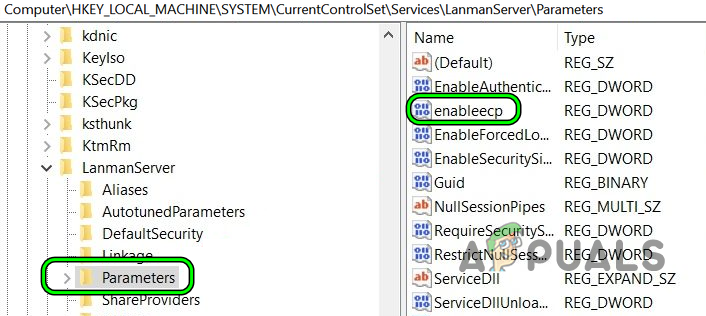
Delete EnableECP Key in the System’s Registry - Now restart your PC and upon restart, check if the unexpected copying error 0x80070032 is cleared.
- If that did not work, navigate to the following key in the Registry Editor:
HKEY_LOCAL_MACHINE\SYSTEM\CurrentControlSet\Services\Csc\Parameters
- Now, in the right pane, right-click on the Parameters key and select New>> DWORD (32-bit) Value.
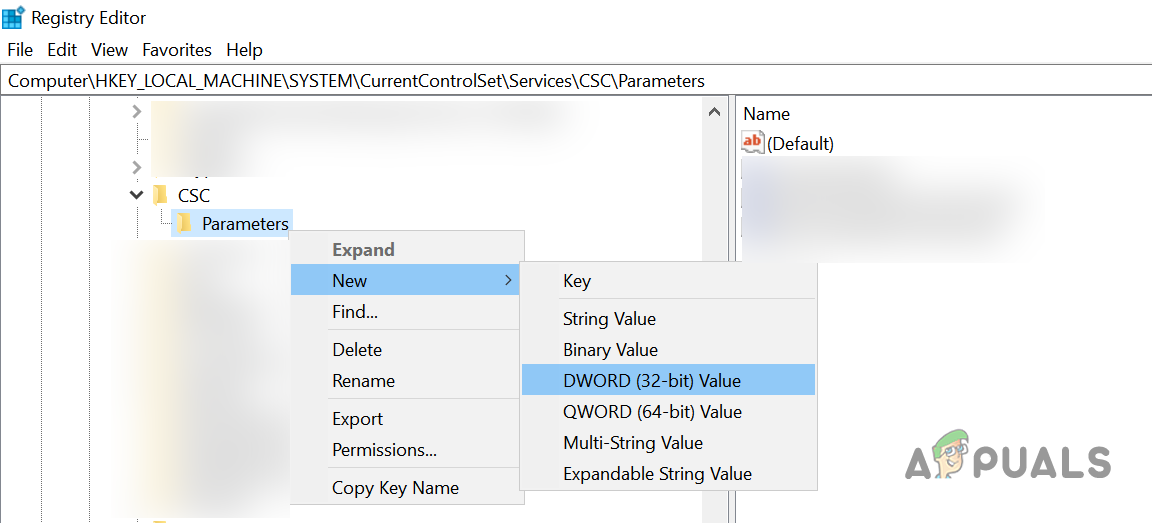
Create a New DWORD (32-bit) Value Under the Parameters Key - Then name the key as FormatDatabase and set its value to 1.

Name the Value as FormatDatabase and Set its Value to 1 - Now close the editor and restart your PC.
- Upon restart, repeat the same on the client machine and hopefully, that clears out the error 0x80070032.
If the issue persists on a server, then check if installing the Deduplication server role and configuring it solves the problem. If that did not work, then check if using another application (like Robocopy) solves the problem.





